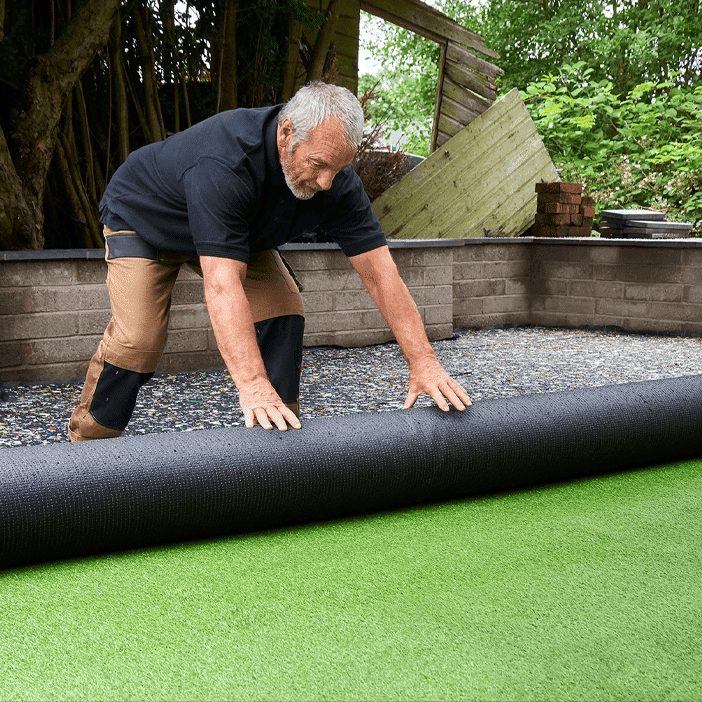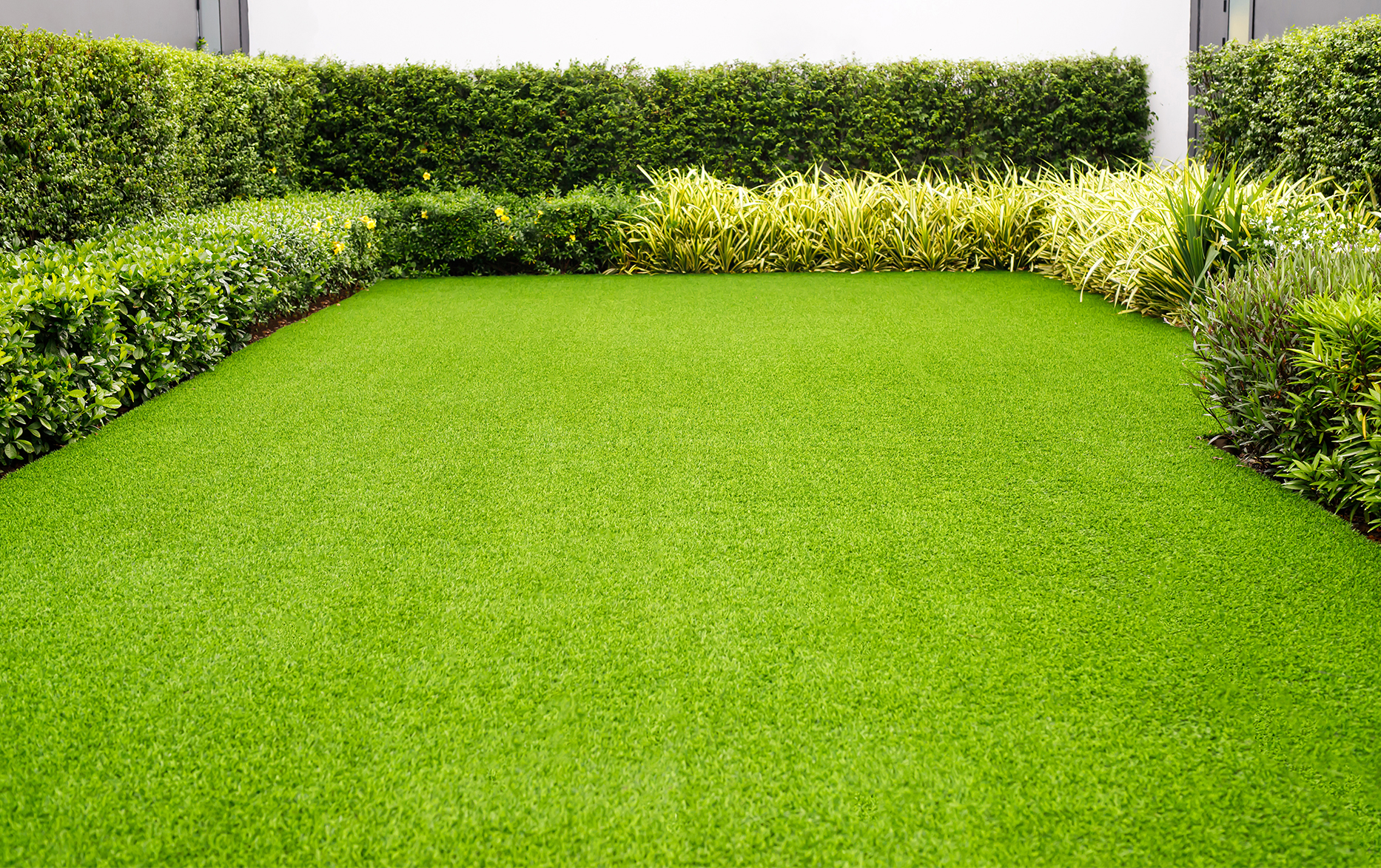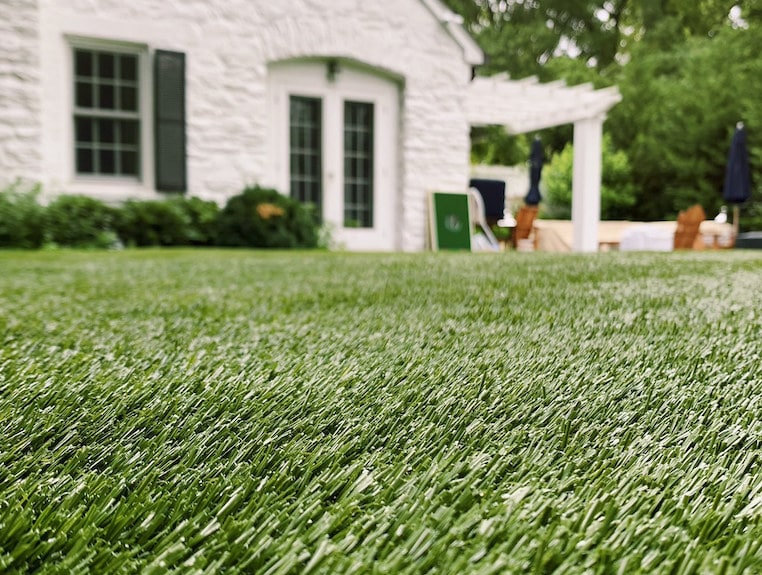Discover the Most Trusted Artificial Turf Companies Phoenix for Your House or Commercial Space
Discover the Most Trusted Artificial Turf Companies Phoenix for Your House or Commercial Space
Blog Article
See Why Homeowners Prefer Synthetic Grass for Lasting Landscape Design Practices
As property owners significantly focus on sustainability in landscaping, artificial lawn has arised as a compelling choice to standard yard. Its capability to preserve water, reduce upkeep efforts, and minimize environmental effect positions it as a functional choice for those looking for green services. The aesthetic appeal and convenience of man-made lawn provide to varied design choices. Nevertheless, the effects of this shift extend beyond simple comfort and aesthetic appeals, motivating a closer exam of just how these choices affect more comprehensive ecological end results. What continues to be to be checked out is the full scope of advantages that synthetic grass can use to property owners and the setting alike.
Water Conservation Perks
One of the most considerable benefits of fabricated grass is its role in water preservation. In contrast, artificial turf removes this demand entirely, as it does not call for watering.
Moreover, the installation of artificial lawn can contribute to a much more lasting landscape. House owners can dramatically reduce their water costs, enabling reallocation of sources to other ecological efforts or household usages. Furthermore, synthetic grass is designed to withstand different weather conditions without the need for supplementary watering, making it a suitable selection for regions facing water scarcity.
The environmental advantages expand past prompt water savings. By reducing water consumption, synthetic grass aids to alleviate the influences of climate modification, preserving crucial communities that are threatened by too much water extraction. As sustainable landscape design methods gain traction, synthetic grass emerges as a responsible option for homeowners seeking to produce environmentally friendly outdoor spaces.
Reduced Upkeep Efforts
Synthetic grass substantially minimizes upkeep efforts compared to typical lawn yards. With fabricated grass, homeowners can remove the taxing tasks connected with all-natural landscaping, such as mowing, feeding, and weeding. This not only conserves important time however likewise lowers physical labor, making yard care easily accessible for people of every ages.
One of one of the most remarkable advantages is the lack of regular mowing. Traditional lawns require regular cutting to preserve an aesthetically pleasing height, whereas synthetic grass stays constantly lavish without the demand for cutting. In addition, house owners no more need to use chemicals or fertilizers, which are frequently required to keep all-natural lawn healthy. This change not just lightens the workload yet additionally promotes a neater, extra uniform look year-round.
Moreover, synthetic grass is resistant and durable, calling for marginal upkeep past periodic brushing and rinsing to eliminate debris. This convenience of maintenance allows property owners to enjoy their exterior rooms without the consistent concern of maintenance, offering more time for recreation and household tasks. Ultimately, the lowered maintenance initiatives connected with man-made grass make it an appealing choice for those seeking a low-maintenance, aesthetically appealing landscape.

Environmental Influence Reduction
There is an expanding acknowledgment of the ecological advantages related to synthetic grass, particularly in regards to water preservation and minimized chemical usage. Traditional lawns call for considerable amounts of water, especially in drought-prone regions, bring about boosted pressure on neighborhood water sources. On the other hand, artificial turf gets rid of the demand for watering, considerably lowering water intake and advertising sustainability.
In addition, traditional grass upkeep typically entails the application of fertilizers, chemicals, and herbicides, which can add to dirt and water contamination. Man-made lawn alleviates this ecological hazard by calling for minimal maintenance and essentially getting rid of the need for harmful chemicals. This not only boosts soil health and wellness yet likewise protects regional ecological communities from hazardous drainage.
Furthermore, the production of check my site natural lawn lawns typically involves using fossil fuels for cutting and landscape design equipment, additional adding to greenhouse gas exhausts. By selecting man-made lawn, property owners can dramatically reduce their carbon footprint linked with lawn treatment tasks.
Aesthetic Appeal and Flexibility
In addition to its environmental advantages, synthetic grass uses significant aesthetic charm and flexibility for landscape design. Home owners can accomplish a lush, environment-friendly look year-round, removing the seasonal changes commonly related to all-natural grass. This constant aesthetic not only improves the aesthetic charm of a building however likewise contributes to a properly maintained and refined look.
Moreover, synthetic grass is available in a variety of shades, styles, and appearances, permitting modification to suit individual choices and design styles - Artificial turf companies phoenix. Whether made use of in domestic yards, commercial rooms, or recreational areas, it can perfectly integrate right into varied landscaping designs, from modern-day minimal to lush tropical setups
The versatility of fabricated turf expands beyond mere appearance; it can be installed in different areas, including rooftops, patios, and even interior areas, developing opportunities for one-of-a-kind landscape design remedies. Additionally, it appropriates for a variety of activities, from youngsters's backyard to pet-friendly settings, giving performance without endangering design.
Ultimately, the visual charm and flexibility of artificial grass make it an appealing option for home owners looking for sustainable landscaping solutions that do not give up elegance for ecological responsibility.

Long-Term Price Cost Savings
One of the most engaging advantages of synthetic grass is its capacity for lasting expense savings. Unlike all-natural lawn, which requires routine maintenance-- consisting of mowing, watering, fertilizing, and pest control-- artificial lawn dramatically decreases these ongoing expenses. House owners can conserve a significant amount on water costs, particularly in regions where water shortage is a pushing issue. The removal of yard treatment services further adds to financial savings, as there is no requirement page for customized equipment or labor.
In addition, artificial turf has a life expectancy of 15 to 25 years, depending upon its quality and use. This toughness reduces substitute costs, making it a much more affordable option over time. The preliminary financial investment in artificial grass can commonly be recovered with the savings accrued over time.
While the ahead of time cost may appear greater contrasted to sod installation, the cumulative savings from reduced maintenance and water use typically outweigh these first expenses. Eventually, the adoption of synthetic grass not just advertises a sustainable landscape design remedy however also provides property owners an economically wise option that aligns with long-lasting budgeting objectives.
Verdict
Man-made grass emerges as a compelling option for sustainable landscaping, offering significant benefits in water conservation, reduced maintenance efforts, and reduced environmental effect. As neighborhoods increasingly prioritize environmentally pleasant techniques, the adoption of artificial turf represents a dynamic step toward attaining lasting and resilient landscapes.
Additionally, fabricated grass is created to stand up to different climatic problems without the demand for supplemental watering, making it an optimal choice for areas dealing with water scarcity. (Phoenix turf companies)

Man-made turf emerges as an click to investigate engaging choice for lasting landscape design, using considerable benefits in water conservation, decreased upkeep initiatives, and reduced ecological impact.
Report this page